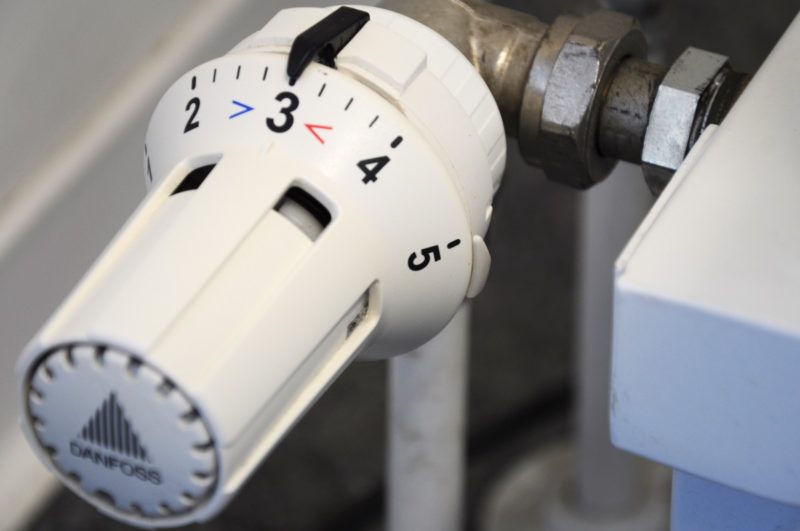Have you ever wondered about how to add a second water heater? No worries, you have landed in the right place. There are two methods to add a second water heater, one is reverse-return piping, and the second is bypass line piping.
When a householder runs out of heated water, among the first actions they should do is raise the holding tank’s temperature. It makes perfect sense since the same blended temperature combination may be achieved with less heated water.
Increasing the temperature levels between 130°F to 150°F would only add $15 to the annual energy consumption of a conventional water heater. We frequently advocate getting a second hot water system and linking the pair to increase the capacity of the present water heater is reasonably fresh and performs correctly. The overall estimated price of this option is $800, which is significantly less than that of the cost of a stand-alone setup. Keep reading to learn more.
Ways To Add Second Water Heater
There are two methods for adding a second water heater; when people face a hot water shortage, they become unhappy, so it is better to add a second heater. Here’s how to add a second water heater:
#1. The reverse-return piping method
After it’s been decided that somehow a second container is necessary, there seem to be two primary pipeline systems to consider, the reverse-return. If one of the water heaters malfunctions or has to be serviced, the others can function independently. Other wrong pipe techniques for adding a tank are ineffective, but they can also lead to congestion and subsequent water problems.
This popular but ineffective technique of adding a second hot water system causes imbalanced circulation and congestion in the second container. The reverse-return pipe ensures Reverse-return equal drawing between holding tanks of similar size and scope. Its most minor channel for entering water is the very first container. In contrast, the shortest route for hot water is indeed the secondary tank, resulting in an equivalent circulation in both tanks.
#2. Series piping method
Whereas if containers are not always the same dimension, series piping was required. Whereas a 50-gallon tank prices just under 30-gallon tanks, the new tank will often be the bigger of a two. Series piping, on the other hand, has a few disadvantages. Firstly, due to the longer course, there is a decrease of pressure throughout the maximum flow, as all the heated water must travel via both containers and its associated pipes. Secondly, the first tank in the series will always carry most of the warming, causing the downstream container to burn out beforehand.
Install Double Duty Flue
The typical length of a water heater is 15 to 20 years. Whereas most gas-fired versions have energies of approximately 70%, some have a performance of up to 90 percent. Although if either tank breaks, the established redundancies of a storage tank provide the extra pleasure of not lacking heated water. With rising energy expenses, the comparatively increased price of an ultra-high-efficiency hot water system might offer a more significant profit.
However, keep in mind that a fossil-fuel hot water tank needs a large enough flue line to exhaust all carbon monoxide it produces adequately. If somehow the new and existing water heaters should cross a chimney, the flue diameter should be raised by at minimum one tube diameter just at the intersection.
Generally, the cross-sectional size of the flue must be at least 25% greater than the aggregate cross-sectional size of any device flue outputs supplied. The bendable insulated and uninsulated stainless-steel lining or an aluminum liner should be fitted in a previous untreated brick flue. The flue pipe must rock up ¼ inch each foot from the device towards the chimney, as well as every junction must be firmly fastened that has at least three stainless-steel and self-tapping bolts.
The Safety Of Relief Valve
The relief valve leaks whenever the flame operates, indicating that the system is under higher temperatures. A leaky relief valve must never be plugged. The water beneath pressure may be preheated to temperatures considerably exceeding 210°F. A tremendous explosive may occur when overheated water converts to vapor and swells 1,080 times its original capacity. Every tank’s T&P relief valve must be routed larger version (usually 3/4 inches) within six inches of the ground, with really no plastic-based.
The plastic pipe should not be used using 211°F water since a rapid release of this temperature might force this to split or detach, posing a scorching threat to anybody around. If the pressure increases hit 145 psi or the water temperature exceeds 215°F, the T&P valves would release. Double water heaters could be provided by a single tank that can accommodate the total volume, or either heater has its separate appropriately sized expansion tank. These should be certified for potable and have a minimal force of 145 pounds per square inch (psi).
Typical heating system expansions containers are now only rated at 20 psi. Be mindful that good thermal container makers’ dimension specifications may well be based on hotter entering water temperatures and cooler finishing water temperatures than is the situation, resulting in inadequate high thermal tanks, a strained heater, and a leaky relief valve. It’s best to also know how to vent a water heater.
It’s A Wrap!
We are happy to know that you have learned how to add a second water heater. If your water heater cannot fulfill your hot water demand, you should add a second one but use the abovementioned methods and other safety factors. Click on these links to read related articles; know why won’t my heater turn on and how to warm up a room without a heater . Thank you, friends, for sticking with us.

